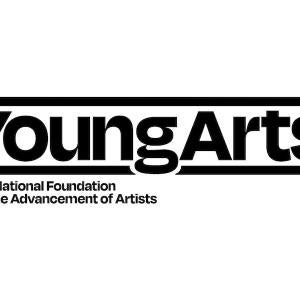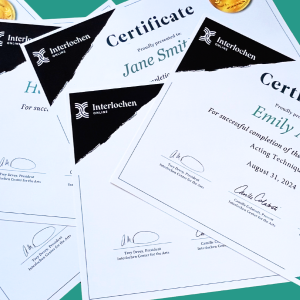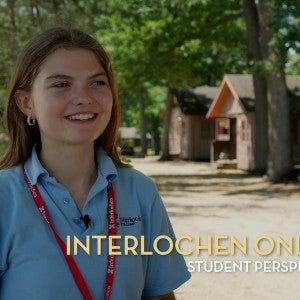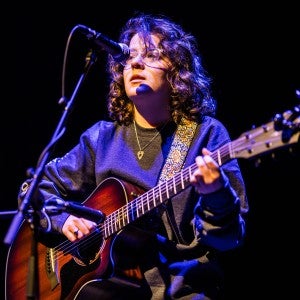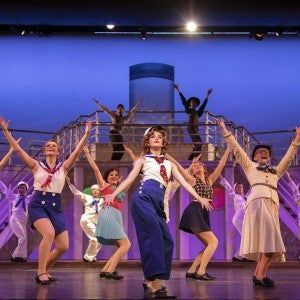Growing Interlochen Online
Interlochen Online directors Samantha Charnes and Gary Gatzke chat about the new virtual after-school programs that kick off Jan. 11.
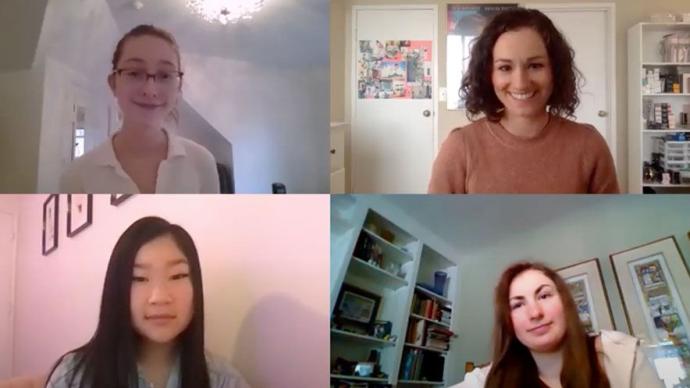
Students participate in a session during November's College Audition Boot Camp.
Last summer, when the COVID-19 pandemic prompted Interlochen Arts Camp to pivot to a virtual format, Samantha Charnes helped coordinate over 9,000 online meetings with 1,441 students in 12 different arts programs. As Interlochen’s director of educational research and technology, she also worked closely with each faculty member to support their use of Zoom and Canvas, an online learning management system.
But what Charnes remembers most about that experience is the feedback she received from students. “One student said, ‘I don’t know whether I’ll ever be able to come to Michigan, so I was so grateful to have the Interlochen experience brought to me,’” Charnes recalls. “That’s what’s most powerful about Interlochen Online: it breaks down barriers and opens Interlochen up to students who might not otherwise be able to experience it.”
Building on last summer’s success, Interlochen will offer virtual after-school arts programs this winter for students in grades 2-12. The four-week programs will run Jan. 11 through Feb. 5, with courses in creative writing, music, dance, film, interdisciplinary arts, theatre, and visual arts.
Charnes will manage the new programs with Gary Gatzke (AS 92, 94, IAC 95, IAA 96-98), Interlochen’s associate director of continuing and community education, who recently oversaw the transition of nine Interlochen College of Creative Arts courses to a virtual format, including perennial favorites Adult Band Camp and Uketoberfest.
Here, Charnes and Gatzke chat about facilitating online communities, how parents’ perspectives influenced the design of Interlochen Online, and some unexpected discoveries about virtual arts instruction.
How do students connect with their faculty mentors and one another in a virtual environment? Is it really possible to feel a sense of community online?
Samantha Charnes: I think what surprised everyone last summer were the meaningful connections that students made with one another, and with their instructors. There’s this perception that online learning keeps people at a distance, both literally and figuratively. But a virtual environment actually gives students many meaningful ways to interact with each other.
That said, it really starts with the people. At Interlochen we are fortunate to have educators who have expertise in mentoring young artists and fostering meaningful small-group discussions, in person or online. Most of the faculty members for our after-school programs are instructors at Interlochen Arts Academy and Interlochen Arts Camp, so they have lots of experience motivating students, bringing out their best, and facilitating their connections with like-minded peers.
Gary Gatzke: Structurally, one way we foster a sense of community is through virtual breakout rooms with students and faculty. It’s fun seeing these smaller groups engage on a more personal level. Last summer, it was a real thrill to help students foster connections across geographic distances—seeing a student in Mumbai, for example, make friends across the globe who share similar passions.
More recently, as part of our first-ever virtual College Audition Boot Camp, we used breakout rooms at the beginning of the session to facilitate student and faculty introductions.
Charnes: We also create online discussion boards, which were really active last summer. Many of our students used these boards to share links to their Discord servers, Instagram accounts, and other online social spaces, giving them ways to keep in touch with friends they’d made through Interlochen Online after the program ended.
Looking back at Interlochen Online’s success last summer, what else do you think helped students and families feel comfortable in a virtual environment?
Charnes: For many of us at Interlochen, seeing our own kids’ schools transition to a virtual format last spring greatly informed our approach to online learning.
Parents are busy—we don’t always have time to stand over our child’s shoulder and show them how to do everything. With that in mind, we worked to make the Interlochen Online experience as simple as possible, tailored to each age level. We designed courses with a clear schedule, limited text, and big buttons. Making it as simple as possible removed a lot of stress points for everyone.
This winter, students in grades 2-5 can select from two programs, Arts Exploration and General Music Exploration. How are these programs designed especially for younger learners?
Charnes: Arts Exploration is intended for students who are interested in multiple art forms and may not have picked a focus yet, while Musical Exploration is ideal for young musicians who are starting to develop their talent. Both are taught by instructors who have experience in creating engaging online learning experiences for young learners, and the courses themselves are designed with a more simplified structure that is ideal for elementary students.
What feedback about Interlochen’s virtual programs have you found most surprising?
Gatzke: As a professional musician myself [Gatzke is the principal bassist of the Traverse Symphony Orchestra and the Great Lakes Chamber Orchestra], I’ve been surprised how virtual instruction has given me new opportunities to grow not only as an arts administrator and educator, but also as an artist.
Last summer, I both facilitated and participated in our first-ever online Adult Band Camp, and there were many experiences that were completely new to me. We provided sheet music, a click track, and a video of a conductor performing, and we asked participants to record themselves playing along so that we could assemble their parts into a virtual ensemble. I’d never had the opportunity to do this before, and it pushed me to listen to my playing in new ways. It was also a lot of fun. Feedback about this program was so glowing that we will offer it again in February.
(This conversation has been edited and condensed for length and clarity.)
